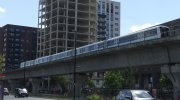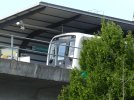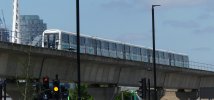So.... it seems that no-one realised that the signalling system had been tweaked for the trains - maybe this was not so much an oversight on behalf the people who wrote the specification for the new trains as something never encountered before and therefore totally outside of a reasonable expectation.
The real issue here is that this is one of the first times* that a new fleet of trains has been introduced on an automated railway (in London) with the expectation that they will use an existing automated train control system and we are realising that nothing is always as easy or as simple as expected. The phrase 'steep learning curve' comes to mind.
As an aside, the Victoria line was different because its new trains were only intended to use the existing signalling as a short-term fix prior to the enablement of a brand new and more advanced ATC system, and therefore this issue was planned as part of the fleet replacement programme.
I wonder how the Parisians coped with the introduction of new trains and subsequent conversion of metro lines 1 and 4 to fully unstaffed automated trains? Perhaps they adopted the Victoria line solution? If not, is there a lesson here that also needs to be learnt to prevent future issues / problems?
*(I have Singapore, Hong Kong and several French VAL rubber-tyred systems in mind as also having done this, but am unsure if they used the same or upgraded ATC systems)



